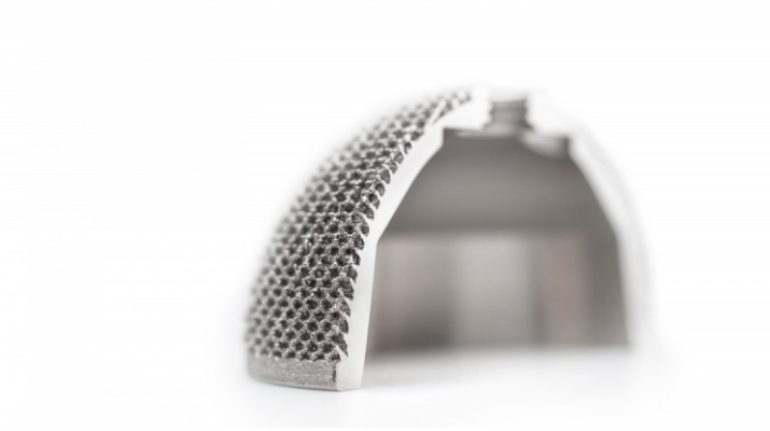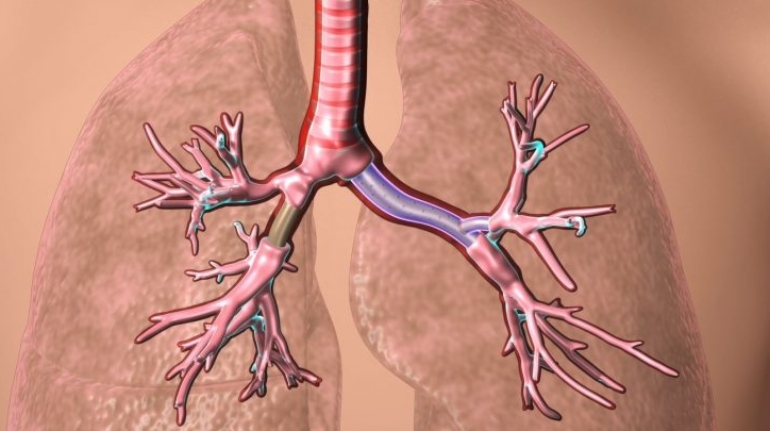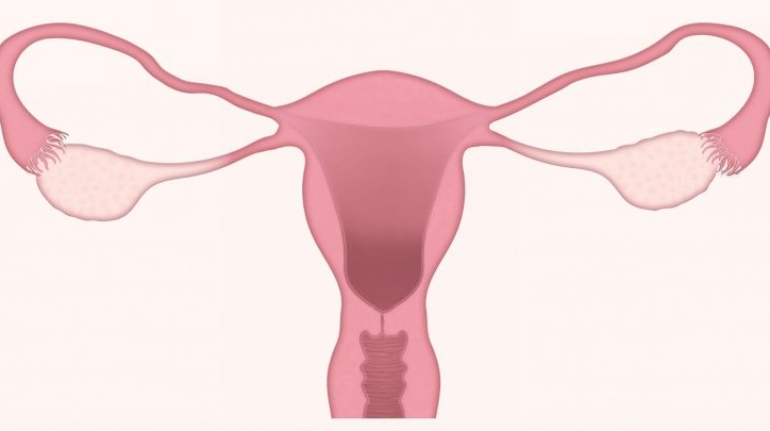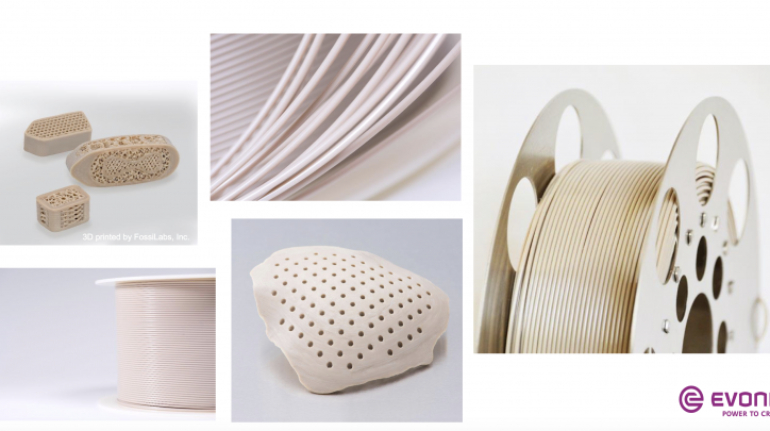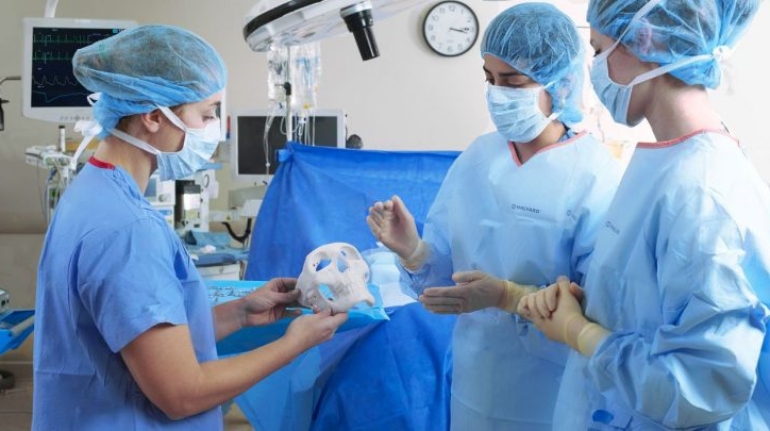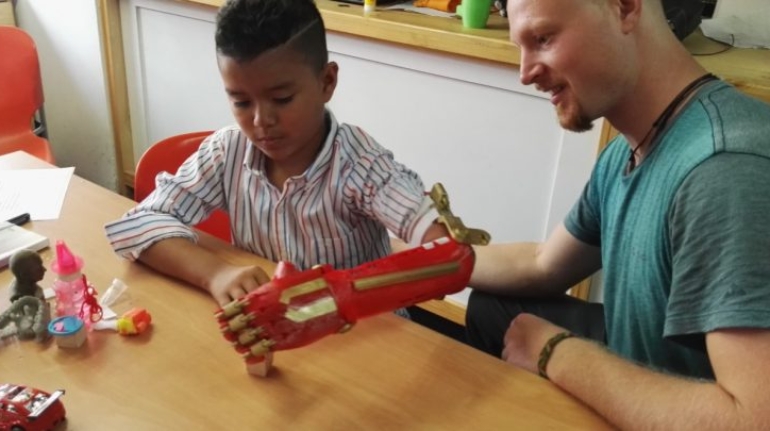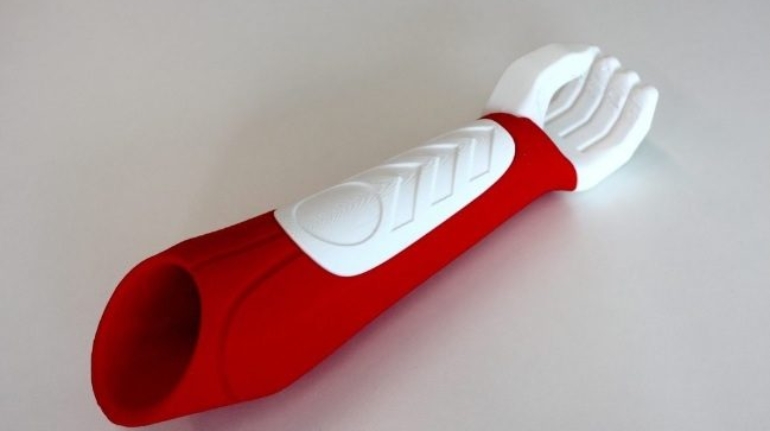LimaCorporate opens new facilities dedicated to 3D printing orthopedics Medical
LimaCorporate, an Italy-based multinational specializing in orthopedics, has today announced the launch of a new Research & Innovation Center (R&I Center) and an Advanced Laboratory for Testing and Analysis (ATLAs). The new facilities, based at LimaCorporate’s headquarters in Udine, Italy, will be dedicated entirely to 3D printing and advanced testing applications.

